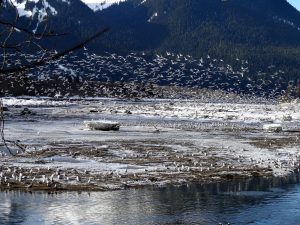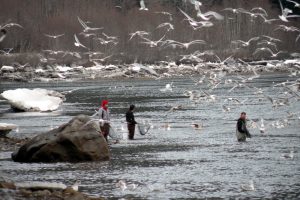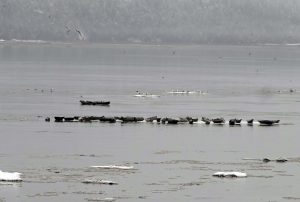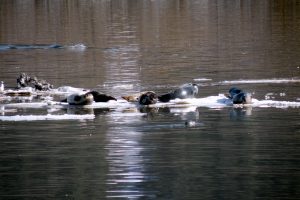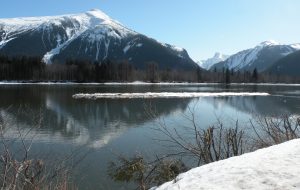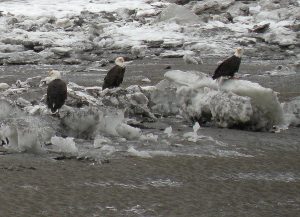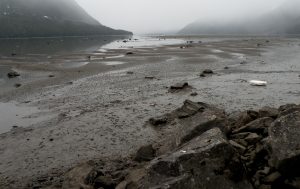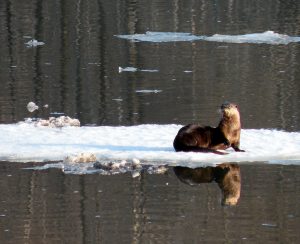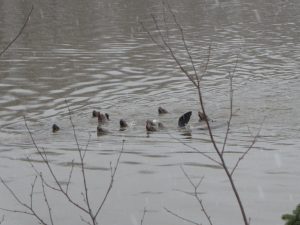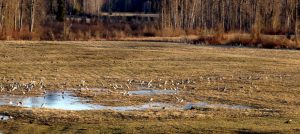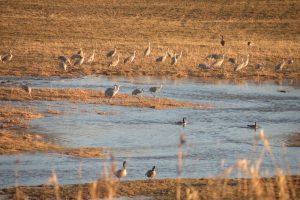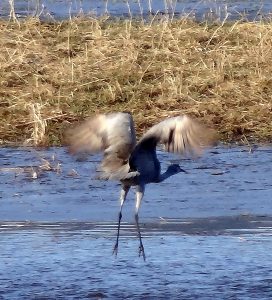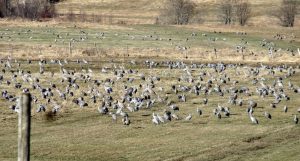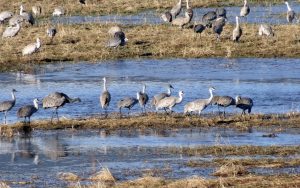Late winter excitement in the Skeena region (now known as the Northwest Health Service Delivery Area) begins in mid-March with the oolichan/eulachon (Thaleichthys pacificus) run on the Skeena River. 2018 was the last big run and we’ve got some excellent photos from that event (thanks Mel and Evi Coulson), plus a selection of photos from the smaller, less dramatic run of 2021 by members who travelled downriver on medical trips or as a cabin fever daytrip.
One month later in mid-April, it’s the annual sandhill crane migration north to the Copper River delta. Again, we’ve got a few great shots from Mel and Evi Coulson who’ve made several recent trips to the Kispiox Valley. For those staying in the Bulkley Valley, there’s also plenty of sandhill action to be had by just listening and looking up.
Please enjoy (click on the photos for a better view). And if you have some great photos to share, please send them along and I’ll add them to this post. Also, let me know if I’ve incorrectly identified something.
2018 Skeena River Eulachon Run (photos by Mel & Evi Coulson)
2021 Eulachon Run (photos M. & E. Coulson and S. Haeussler)
Not the huge flocks/herds/harems/convocations of animals seen in the past, but some stellar photography nonetheless, especially when the sun came out – — plus river otters!
Sandhill Cranes
For those interested in learning more about the cranes that bugle their way through our valley each spring and fall, the International Crane Foundation has a fascinating website including this fantastic map showing the migration route from Sacramento Valley to Homer, Alaska including stop #15 in the Bulkley Valley and an E-bird heat map showing their distribution throughout the year.
Here are some photos from Mel and Evi Coulson’s recent trips to the Kispiox Valley. Please send your own best crane shots (from these or past years) and I’ll add them here. The cranes leave their overnight staging areas by 10 am, so this is an activity for early risers.

